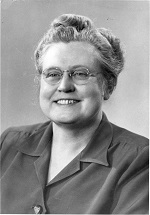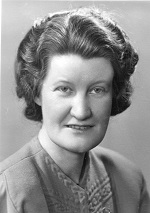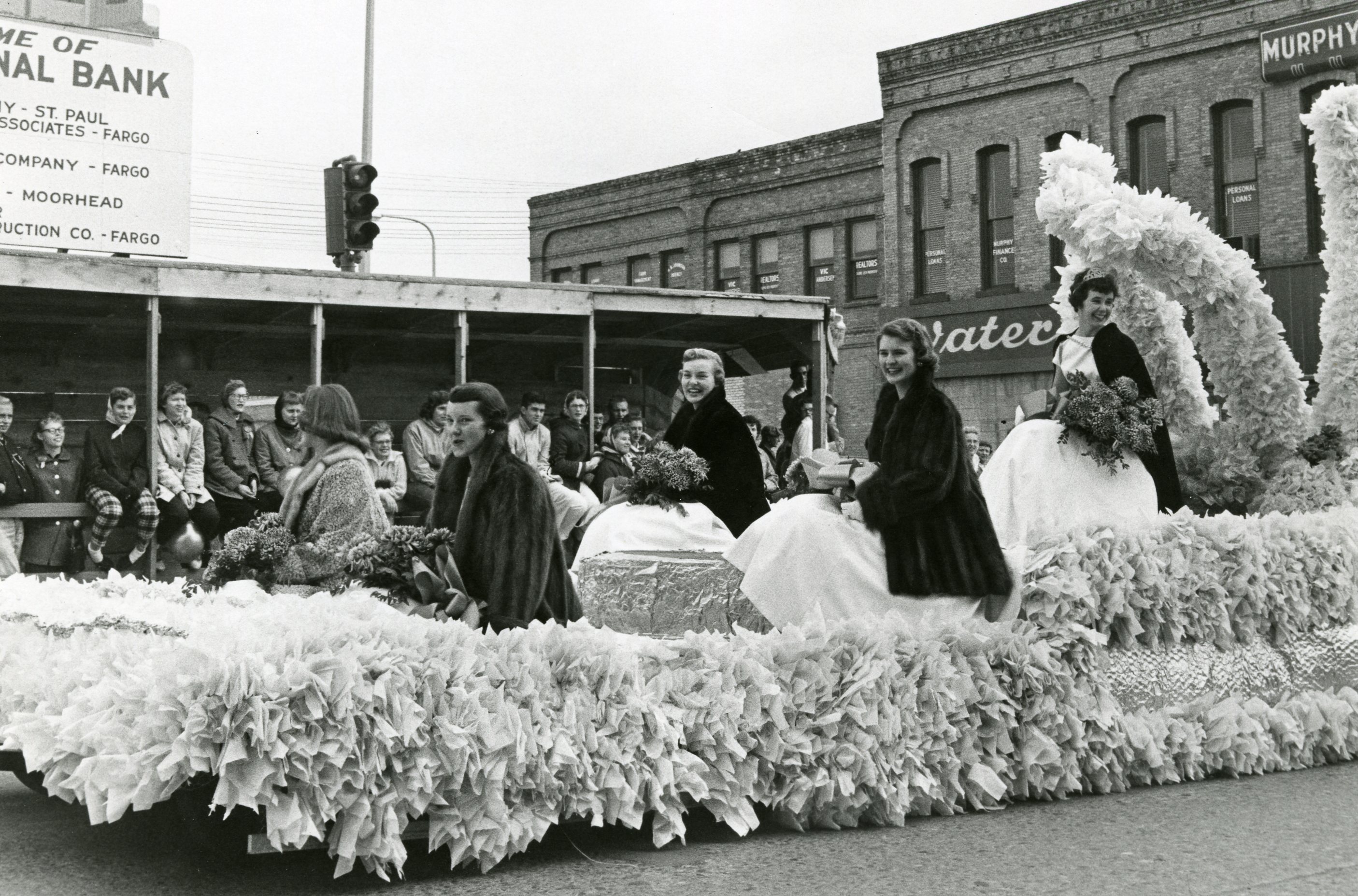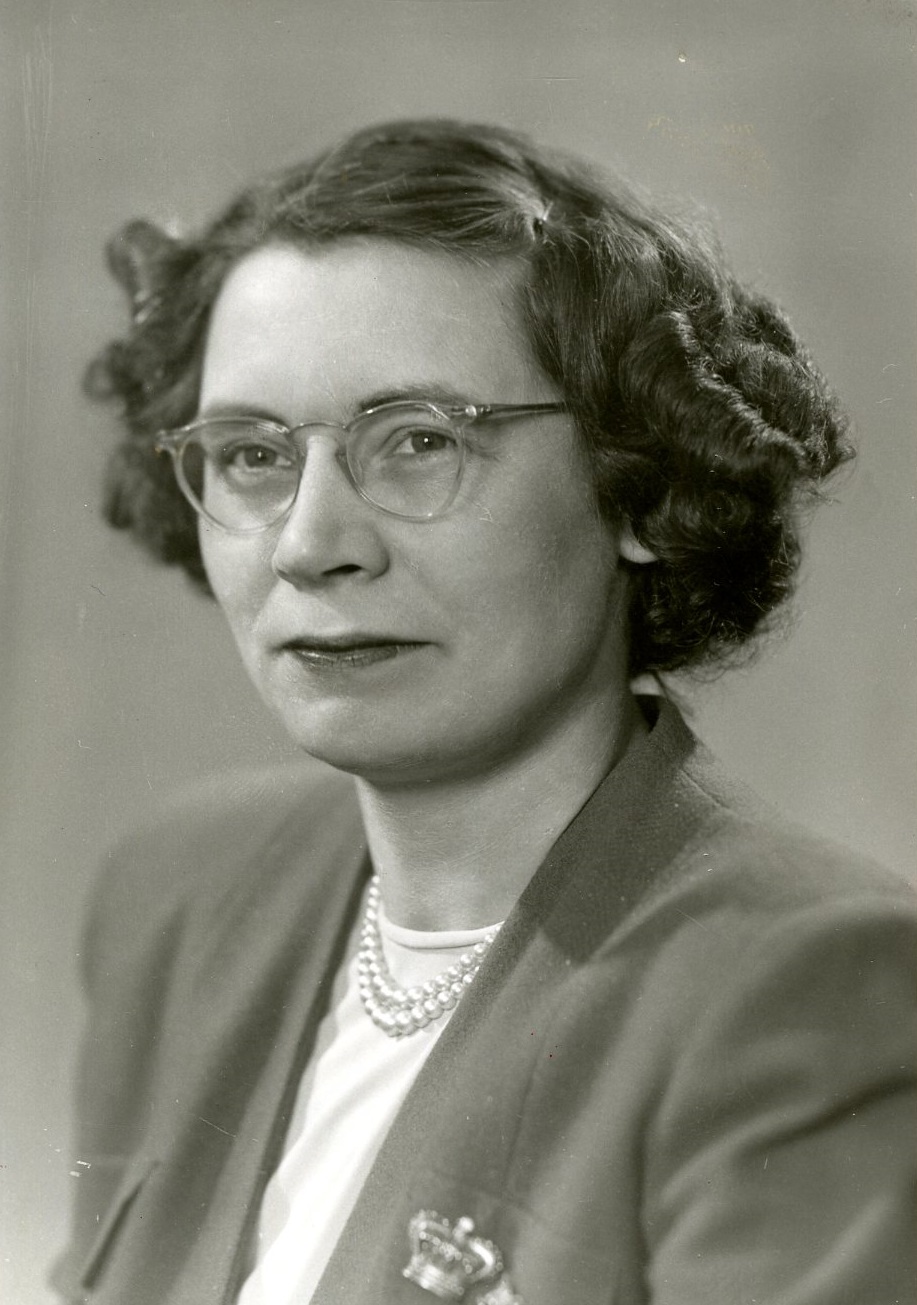 In 1937, Dr. Mae Anderson became the first woman to head a department at Concordia College in a non-traditional subject for women: mathematics. She was also one of the few women in the United States to achieve a doctorate in the subject before 1940. In addition to her scholarly achievements she was active in campus organizations and events.
In 1937, Dr. Mae Anderson became the first woman to head a department at Concordia College in a non-traditional subject for women: mathematics. She was also one of the few women in the United States to achieve a doctorate in the subject before 1940. In addition to her scholarly achievements she was active in campus organizations and events.
Browse Entries
|
|
|
|
|
|
|
|
|
|
|
Cla |
|
Margaret Teigen was a member of the first graduating class from Concordia College’s Practical Program. As the only female member of the class, Teigen paved the way for other women to enroll at Concordia and believe that they too could obtain an education. Teigen continued her involvement with the college by serving on the faculty for several years following her graduation before she enrolled in medical school to become a practicing physician. |
|
|
|
|
|
|






